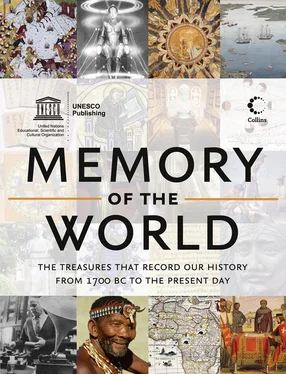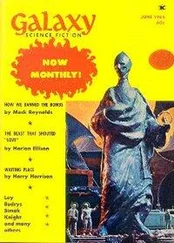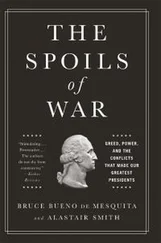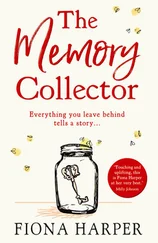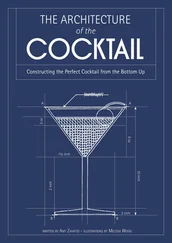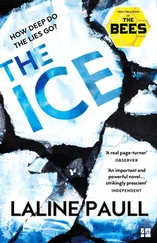At that time, Ravenna was the capital of the Ostrogothic Kingdom which stretched from modern-day southern France across to Serbia and took in all of Italy. However, in AD 553 the Ostrogoths were defeated after a long and costly war by the forces of the Eastern Roman or Byzantine Empire which was then at almost the greatest extent of its power. As a result, Gothic language and culture largely disappeared.
The Codex Argenteus contains the most comprehensive still existing text in the Gothic language. It is part of the 4th-century translation of the Bible from Greek into Gothic by Bishop Wulfila, an Arian preacher who had converted the Germanic tribes and was said to have constructed the Gothic alphabet specifically for the translation. Wulfila is also the oldest known non-mythical constructor of an alphabet.
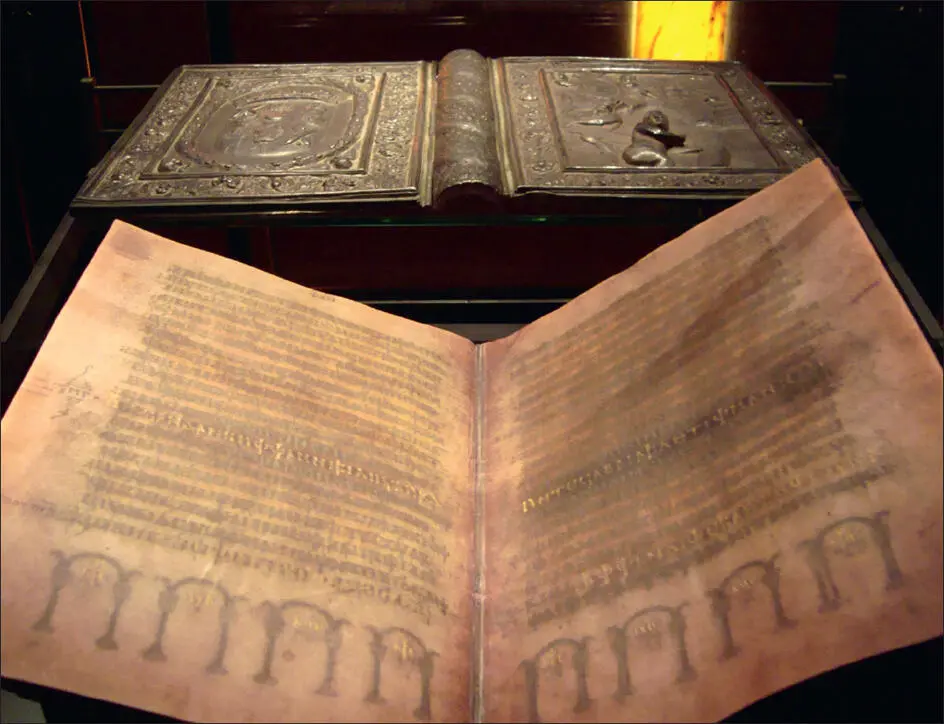
Codex Argenteus – the ‘Silver Bible’

Christ’s baptism, depicted on the ceiling of King Theodoric’s Arian Baptistry in Ravenna.
A beautiful and impressive object in its own right, the Codex Argenteus was thought to have been made for the Ostrogoth King Theodoric the Great (AD 454–526) and intended to be admired in a central place in a church, probably the Gothic Arian cathedral in Ravenna. The pages are high-quality coloured vellum inscribed in a decorative script in silver and gold ink – a degree of ostentation and decoration that suggests a royal connection.
Today the Codex Argenteus is held at Uppsala University Library. Its whereabouts after the fall of the Ostrogothic Kingdom were unknown until it emerged in the 17th century in the Benedictine Abbey of Werden in Essen; from there, via the royal library in Prague, it arrived in Sweden as a donation to the university library in 1669. The Codex was bound in silver by the royal court’s goldsmith in Stockholm.
Codex Purpureus Beratinus
Inscribed 2005
What is it
Two Gospels found in Berat, Albania, dating from the 6th and 9th centuries.
Why was it inscribed
The two Beratinus codices are masterpieces of religious art and important evidence of the development of Christian thought. They represent one of the most valuable treasures of the Albanian cultural heritage.
Where is it
Albanian National Archives, Tirana, Albania
‘Codex Purpureus’ refers to manuscripts written in gold or silver lettering on parchment dyed purple, originally restricted for the use of Roman or Byzantine emperors. The Beratinus Codices are two Gospels found in Berat, Albania: ‘Beratinus-1’ dates from the 6th century, and ‘Beratinus-2’ from the 9th century.
They are two of the seven ‘purple codices’ written from the 6th to the 18th centuries that survive today. These are of global importance, illustrating the development of ancient biblical, liturgical and hagiographical literature.
‘Beratinus-1’ is a 6th-century uncial illuminated manuscript Gospel written in Greek. It is one of the oldest examples of the New Testament and is an important reference point for the development of biblical and liturgical literature throughout the world.
The ‘Beratinus-1’ manuscript, containing non-standard pre-canonical Gospel passages, has true global importance as it is an indispensable reference point for international research on literary textology. It is also extremely valuable in terms of the history of handwriting and the calligraphic elements of applied figurative art.
The letters and words are not separated from one another (scriptio continua). The letters are silver and the initials gold; the manuscript is on parchment. It contains several gold abbreviations, typical of ancient Christianity. It comprises 190 pages.
‘Beratinus-1’ contains the majority of the texts of the Gospels according to St Mark and St Matthew. It is thought that the other two Gospels probably also existed.
‘Beratinus-2’ dates back to the 9th century and was found in a church in Berat. The codex contains simple miniatures (Gospel portraits) and comprises 420 pages. The origin of this manuscript has been and remains the subject of much debate. It includes all four Gospels. The letters are all gold and the manuscript is on parchment. The text is from the standard text period and includes some semiuncial letters.
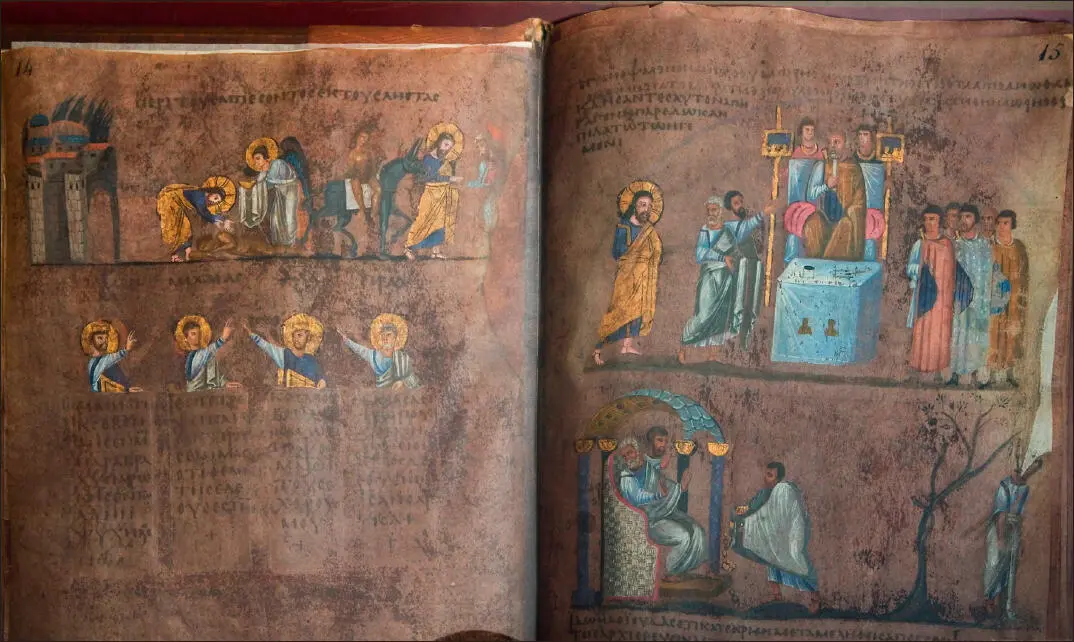
An example of a Codex Purpureus from the Museo Diocesano di Rossano, Calabria, Italy.
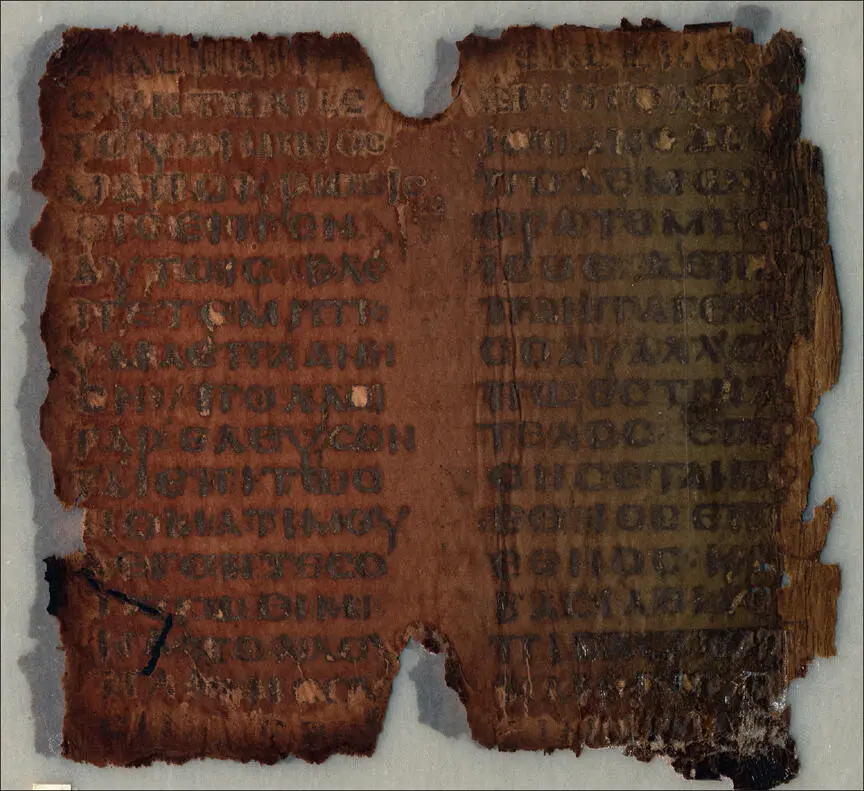
Codex Purpureus Beratinus
This manuscript is an essential landmark in evangelical literature and Christian culture in general. It is a unique record of the development of the world’s ancient evangelical and liturgical literature and a model of evangelical writings in minuscules.
In 1967, after a long period during which they were thought to have been lost, the two Beratinus Codices were found and were handed over to the National Archives in 1971. They are of universal importance as examples of the spiritual heritage of nations and as treasures of the global heritage.
Vienna Dioscurides
Inscribed 1997
What is it
A Byzantine illuminated manuscript of De Materia Medica by Dioscorides, a Greek physician, pharmacologist and botanist of the 1st century AD. The manuscript was written in the early 6th century and has 491 folios of parchment with more than 400 colour pictures of plants and animals.
Why was it inscribed
The Vienna Dioscurides can be considered as the most important pharmaceutical source of the Ancient World. It was used from early medieval times into the early modern period as a dictionary for medical practitioners. It forms the basis of medical herbal therapeutic knowledge and is possibly the most important, enduring and comprehensive work on herbal and other remedies in the West.
The manuscript itself is a masterpiece of the book art from later Classical Antiquity.
Where is it
Austrian National Library, Vienna, Austria
The Vienna Dioscurides is the oldest and most famous copy of Dioscorides’s 1st century AD work, De Materia Medica. It was copied in the early 6th century for Juliana Anicia, daughter of Flavius Anicius Olybrius, emperor of the Western Roman Empire, in recognition of her patronage in building a church in Constantinople. This same copy passed through many hands that made annotations in Greek, Arabic, Turkish and Hebrew. In 1519 the Holy Roman Emperor Maximilian II bought the book for the Habsburg Imperial Library.
De Materia Medica was the most important pharmaceutical source of the Ancient World and through medieval times. It was in active use for 1000 years as a pharmacopoeia and reference work for medical practitioners. There are indications that it was first regarded as a luxury copy and later as a medical textbook in daily use in a Constantinople hospital; these changes in use throw some light on social and cultural progress through the centuries. The information it contains also reveals how plant and herbal remedies were used from antiquity through to early modern times.
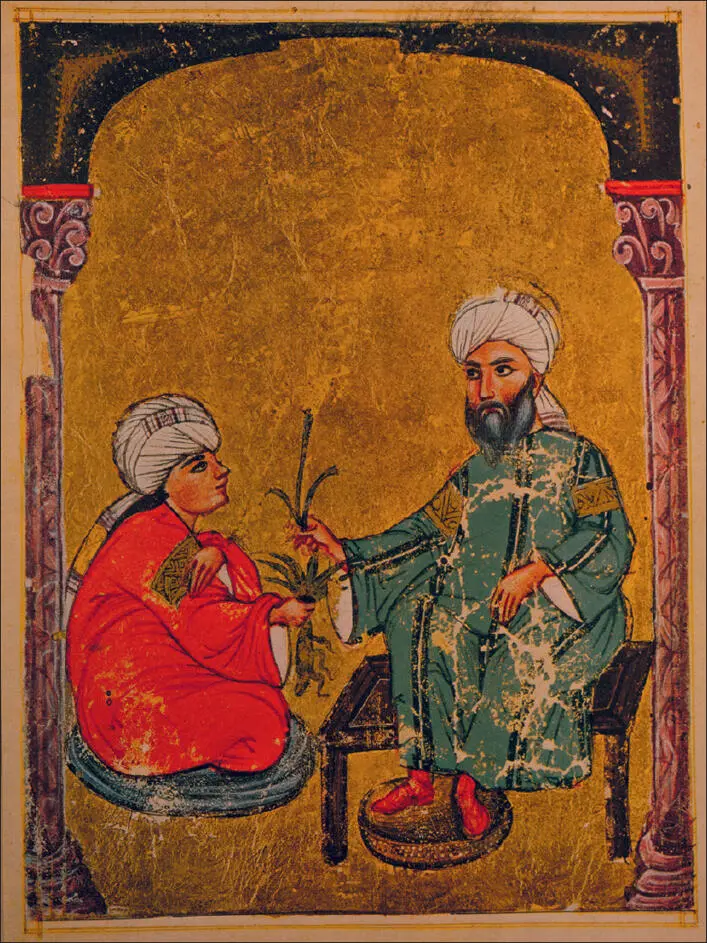
Dioscorides with a student seated at his feet.
Читать дальше
